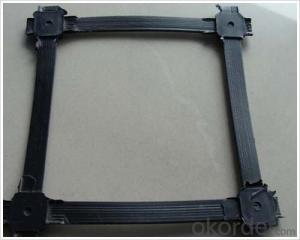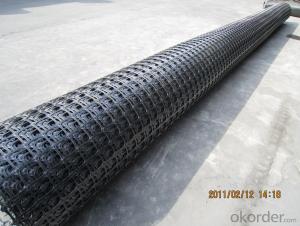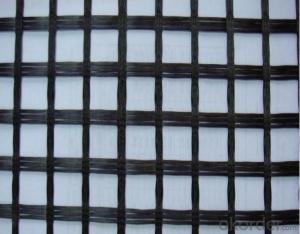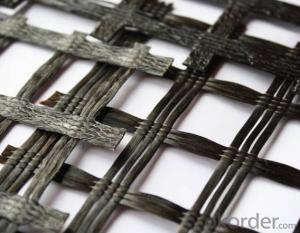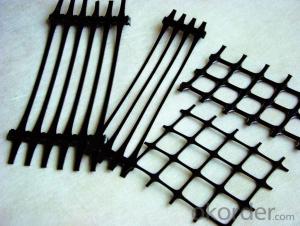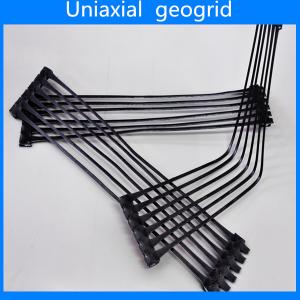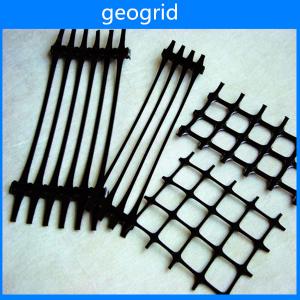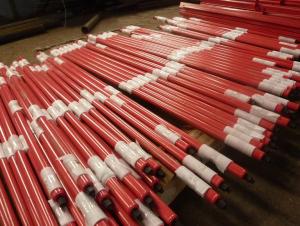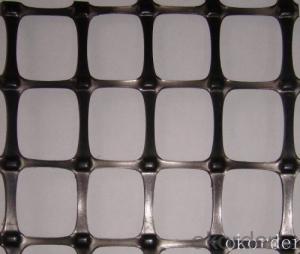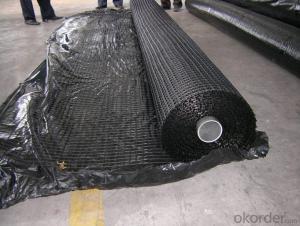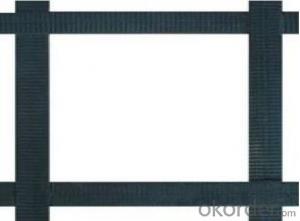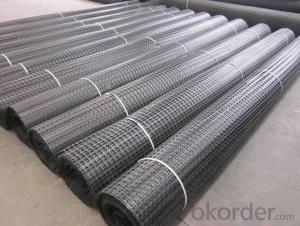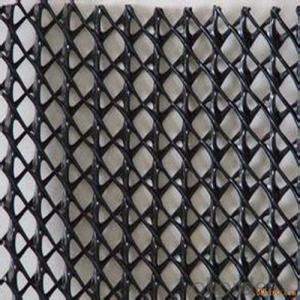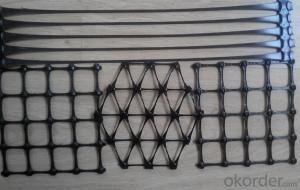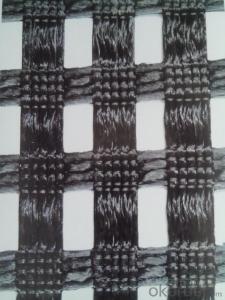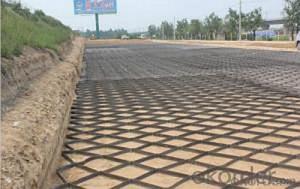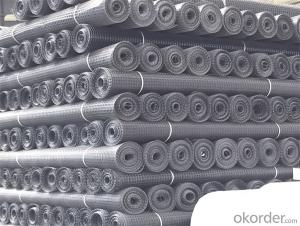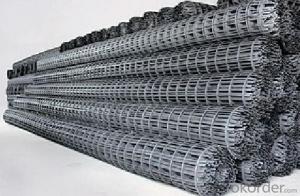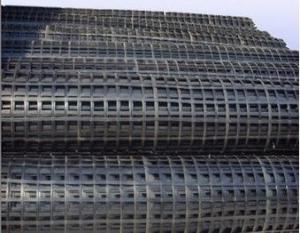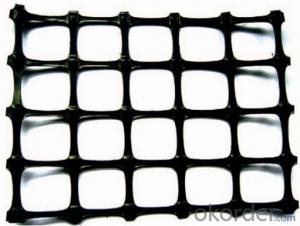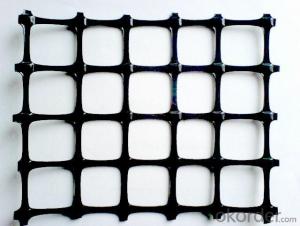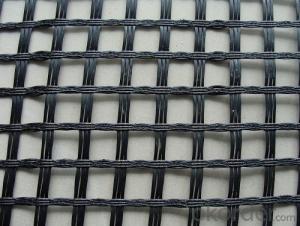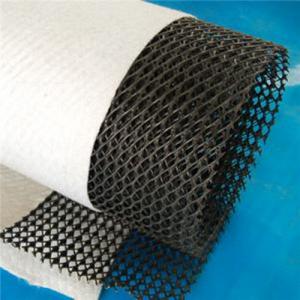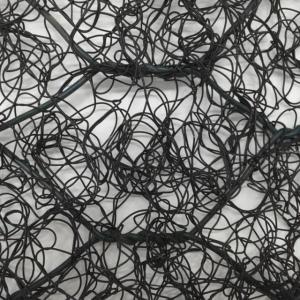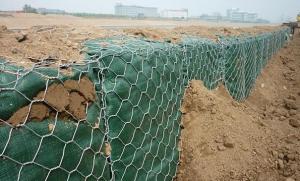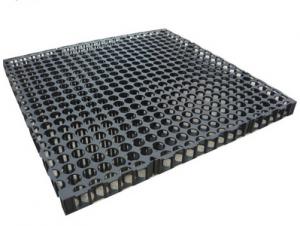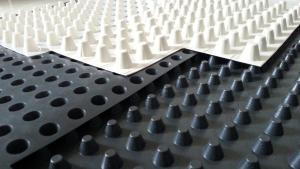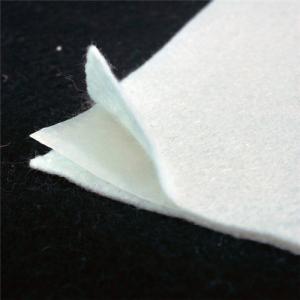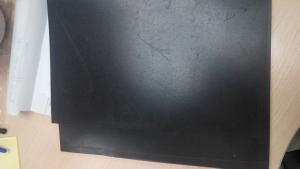Strata Geogrid
Strata Geogrid Related Searches
Stratagrid Geogrid Strata 200 Geogrid Strata Global Plaxis Geogrid Geostar Geogrid Asphalt Geogrid Geogrid Layer Geogrid Machine Miragrid Geogrid Terragrid Geogrid Alliance Geogrid Geogrid Grass Gravel Geogrid Geogrid Tbl Geogrid Gravel Keystone Geogrid Geogrid Australia Extruded Geogrid Geogrid Com Geogrid Slope Grass Geogrid Geogrid Parking Geogrid Energy Universal Geogrid Bidirectional Geogrid Structural Geogrid Geogrid Blocks Standartpark Geogrid Composite Geogrid Synthetic GeogridStrata Geogrid Supplier & Manufacturer from China
Strata Geogrid is a collection of high-performance geosynthetic products designed for soil reinforcement and stabilization in various civil engineering applications. These products are engineered to enhance the load-bearing capacity of soil and improve the overall stability of construction projects, such as roads, bridges, and retaining walls. Strata Geogrid's innovative design allows for efficient distribution of stress across the soil, reducing the risk of failure and prolonging the lifespan of infrastructure.The application of Strata Geogrid is vast, as it is utilized in a wide range of scenarios where soil reinforcement is necessary. This includes projects involving slope stabilization, embankment construction, and the reinforcement of existing pavements. By incorporating Strata Geogrid into these projects, engineers can ensure that the soil structure remains stable and resilient, even under the most challenging conditions. This not only improves the safety and durability of the construction but also reduces long-term maintenance costs.
Okorder.com is a leading wholesale supplier of Strata Geogrid products, boasting a large inventory that caters to the diverse needs of clients in the construction industry. By partnering with Okorder.com, customers can access a comprehensive selection of Strata Geogrid products, ensuring that they have the right materials for their specific project requirements. This partnership also guarantees competitive pricing and efficient delivery, allowing clients to complete their projects on time and within budget.
Hot Products



